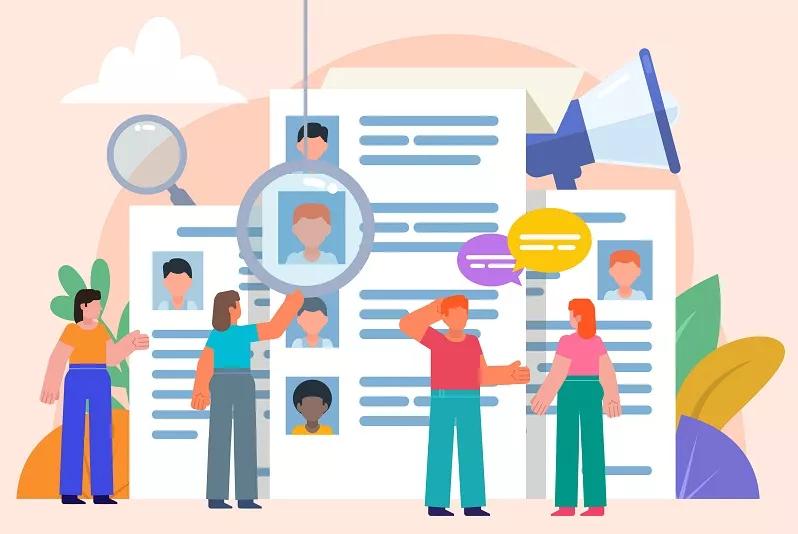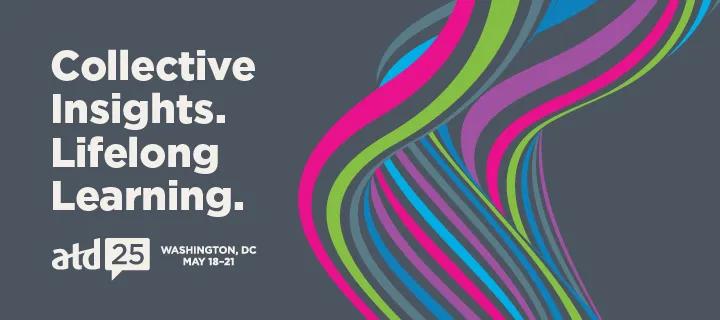ATD Blog
Learner Personas: Frequently Asked Questions
Learner personas are a powerful tool for better understanding and developing content for your audience.
Wed Mar 26 2025

Bookmark
Learner personas are a powerful tool for better understanding and developing content for your audience. I’ve received some great questions that I wanted to share with you to help further your understanding and maybe even answer a few of the questions that have been on your mind as well!
How many personas should I create to represent my audience?
I recommend creating at least three personas, but depending on your audience’s size and demographics, your project may need more. The first step in deciding how many personas to create is to analyze your data and look for common trends in the following:
Career stage
Job function
Goals/pain point
Personality
Age groups
Training objectives
The goal of a persona should be to embody common experiences from your learners. You shouldn’t (nor would you want to!) create a persona for each unique story, otherwise you’ll have so many personas to consider that you’ll never be able to make it through development.
Can I reuse my personas for multiple cohorts or other projects?
After developing personas for one project, you may decide to reuse those personas for new training cohorts or additional training projects. This is a great way to capitalize on all the work that went into creating your personas! But before you jump into your new development phase with your personas, make sure to reassess your personas within this new context.
Ask yourself:
Do these personas still match the audience makeup of this new group or project?
Is there more information or data that I need to gather that is specific to this initiative? For example, are there new goals or pain points related to this material that I should be considering?
Do I have new information or feedback from the last time these personas were used that I should add to these personas?
How old are my personas and are they still applicable to my current audience?
How often should I reassess my learner personas?
Learner personas can get stale and out of touch with your real audience. It’s important to periodically reassess and either update or retire personas that are no longer accurate to your audience. I recommend re-assessing your personas whenever you’ve experienced big shifts in who your audience is (new groups going through the training, changes in the demographics of your audience) or a large change in the modality of how the training will be delivered.
Otherwise, I recommend reevaluating personas once a year. This can be done more easily if collecting survey data and feedback is an ongoing part of your organization.
How do you avoid introducing bias into your personas?
As unfortunate as it is, all of us have unconscious biases that we must be vigilant against introducing into our personas. Biases defeat the purpose of using a learner persona as an external measurement for your team’s judgments, and lead to false assumptions about your audience.
The way to avoid this is to trust your data and to ask follow-up questions when necessary, rather than making assumptions. For example, don’t fall back on stereotypes or generalizations that you’ve heard when creating your persona. Instead of creating a “young millennial” persona that you assume will be interested in a highly gamified training experience, take a look at what your data says. You might be surprised by what it reveals. Similarly, you should never build personas around racial or gender stereotypes or biases. For more information about how to challenge and avoid unconscious biases in your personas, I recommend checking out this article.
How do you balance the persona’s goals and objectives against the company’s training priorities?
Sometimes there is a disconnect between what we uncover in our audience research and what the company or even the Subject Matter Expert believes the training priorities should be.
While you will always have to balance company priorities, budget, and resources against the learner’s goals and preferences, this does not mean that you can’t bridge the gap to help support your learners. For example, if your personas indicate that your learners would benefit from a highly interactive and immersive learning experience, but you don’t have the development time/budget, see if you can add smaller-scale interactive elements like an interactive PowerPoint slide.
You can also use your research and personas to be a better advocate for your learners. Showcase your findings and explain the benefits of responding to them. Use your data to highlight knowledge gaps, opportunities you’ve found to better engage employees, and places that may benefit from additional investment and resources. After all, happy learners will lead to a more beneficial training experience and increased employee retention and loyalty!
To learn more, join me on May 18 at the ATD25 International Conference & EXPO for my session, Training From the Heart! Learner Empathy and the User Experience.

